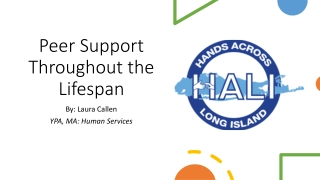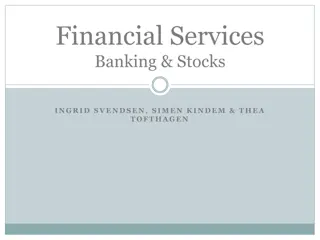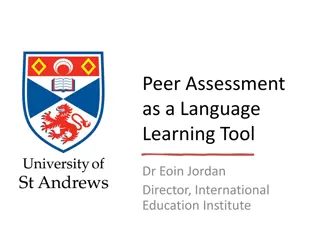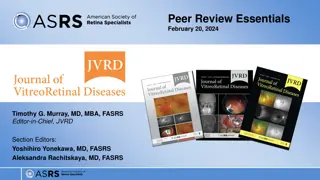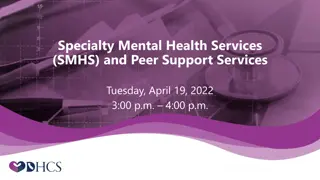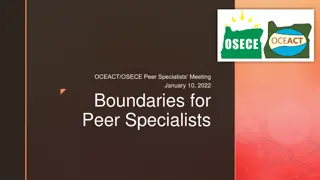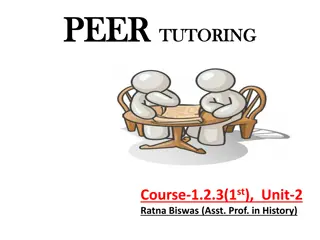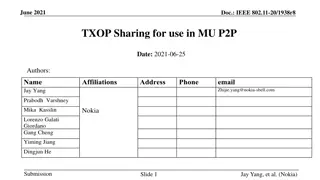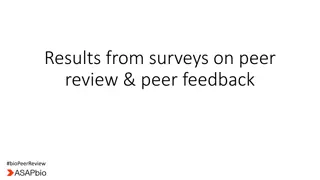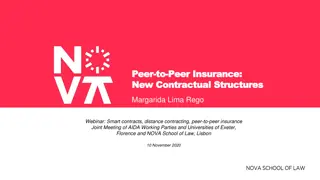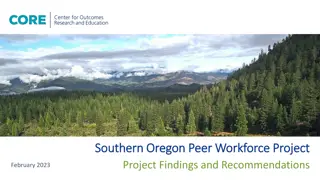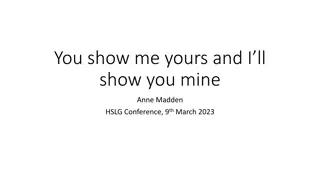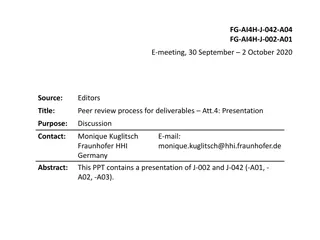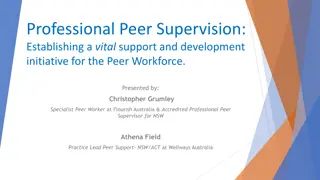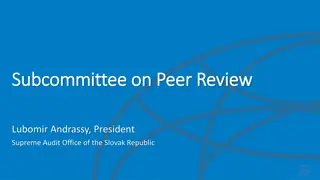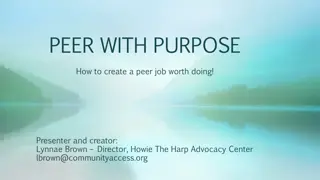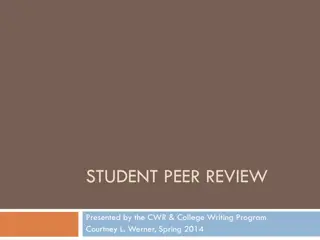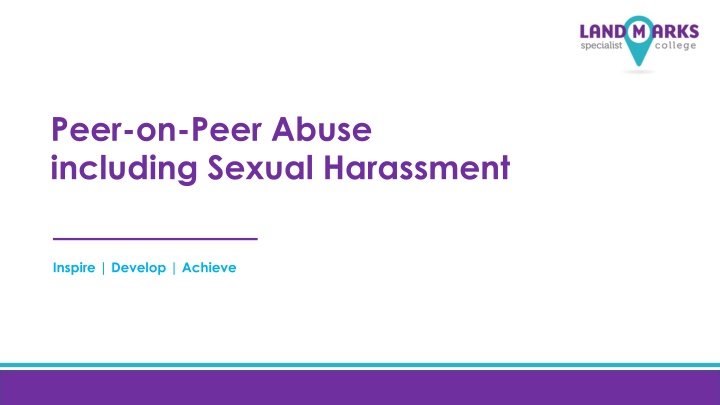
Peer-on-Peer Abuse and Sexual Harassment
Explore the concerning issue of peer-on-peer abuse, including sexual harassment, its prevalence, impact, and ways to address and prevent it in school settings. Learn about the alarming statistics, the normalization of harmful behaviors, and the urgent need for awareness and action to create a safer environment for children and young people.
Download Presentation

Please find below an Image/Link to download the presentation.
The content on the website is provided AS IS for your information and personal use only. It may not be sold, licensed, or shared on other websites without obtaining consent from the author. If you encounter any issues during the download, it is possible that the publisher has removed the file from their server.
You are allowed to download the files provided on this website for personal or commercial use, subject to the condition that they are used lawfully. All files are the property of their respective owners.
The content on the website is provided AS IS for your information and personal use only. It may not be sold, licensed, or shared on other websites without obtaining consent from the author.
E N D
Presentation Transcript
Peer-on-Peer Abuse including Sexual Harassment Inspire | Develop | Achieve
Aims By the end of this session we will: Understand what is meant by peer-on-peer abuse Understand what sexual harassment is Know what to do if you think this is happening Trigger warning sexual abuse, sexual violence, sexual harassment
Purpose In June 2021, Ofsted published a report called Review of sexual abuse in schools and colleges Ofsted interviewed 900 students across 32 schools and colleges The results showed that 90% of girls and 50% of boys had been subjected to peer on peer abuse such as unwanted sexual images being sent to them, unwanted touching or sexual violence (which mainly happened outside of the school grounds) Reporting of this form of abuse was very low.
Purpose Nationally collected statistics show that there has been a sharp increase in reporting of child sexual abuse in recent years. The police recorded over 83,000 child sexual abuse offences in the year ending March 2020. In the year ending March 2019, the police recorded 73,260 sexual offences where the victim was a child. Around of these were rape offences. Police recorded crime data indicated that 52% of female victims and 62% of male victims of sexual offences were aged between 5 and 19. NSPCC s how safe are our children report (2020) found that girls are particularly vulnerable to sexual abuse, accounting for 90% of victims recorded rape offences against 13-15 year olds. Girlguiding s Girls 2021 research briefing It Happens All the Time report found that 67% of girls and young women aged 13-18 surveyed have experienced sexual harassment at school from another student, and that 29% first experienced sexual harassment when they were just 11-13 years old. Almost a quarter (24%) of female students and 4% of male students at mixed-sex schools have been subjected to unwanted physical touching of a sexual nature while at school. Sexual violence and harassment between children in schools and colleges (2021)
Purpose The frequency of these harmful sexual behaviours means that some children and young people consider them normal. Ofsted s Review of sexual abuse in schools and colleges (2021)
What is Peer-on-Peer Abuse? Children can abuse other children, otherwise known as peer-on-peer abuse. Downplaying or dismissing certain behaviours as banter , just having a laugh or part of growing up can lead to a culture of unacceptable behaviours and an unsafe environment for our learners.
What is Peer-on-Peer Abuse? Peer on peer abuse includes, but is not limited to: Bullying (including cyberbullying, prejudice-based and discriminatory bullying); Abuse in intimate personal relationships between peers; Physical abuse such as hitting, kicking, shaking, biting, hair pulling, or otherwise causing physical harm (this may include an online element which facilitates, threatens and/or encourages physical abuse); Sexual violence, such as rape, assault by penetration and sexual assault (this may include an online element which facilitates, threatens and/or encourages sexual violence); Sexual harassment; Causing someone to engage in sexual activity without consent, such as forcing someone to strip, touch themselves sexually, or to engage in sexual activity with a third party; From Keeping Children Safe in Education (2021), page 15
What is Peer-on-Peer Abuse? Consensual and non-consensual sharing of nude or semi-nude images and/or videos (also known as sexting or youth produced sexual imagery); Upskirting, which typically involves taking a picture under a person s clothing without their permission, with the intention of viewing their genitals or buttocks to obtain sexual gratification, or cause the victim humiliation, distress or alarm; Initiation/hazing type violence and rituals From Keeping Children Safe in Education (2021), page 16
What makes it Peer-on-Peer Abuse? Abusive Problematic Normal Developmentally unusual / socially unexpected Consent not clear may include levels of compulsion May lack reciprocity or equal power Developmentally appropriate Socially acceptable Consensual, mutual, reciprocal Shared decision making Victimising intent or outcome including misuse of power Lack of informed consent - may include threat of violence Coercion and force to ensure compliance from victim Adapted from Hackett, 2010
Sexual Harassment Sexual harassment involves unwanted conduct of a sexual nature that can occur: between two children of any age and sex through a group of children sexually assaulting or sexually harassing a single child, or group of children online and face to face (both physically and verbally) Addressing inappropriate behaviour (even if it appears to be relatively harmless) can be an important intervention that helps to prevent problematic, abusive and/or violent behaviour in the future.
Sexual Harassment Online sexual harassment (which may be standalone or part of a wider pattern of abuse): Consensual and non-consensual sharing of nude and semi-nude images and/or videos; Sharing of unwanted explicit content; Upskirting; Sexualised online bullying; Unwanted sexual comments and messages including on social media; Sexual exploitation, coercion and threats Sexual harassment can include: Sexual comments, such as: making lewd comments, sexual remarks about clothes or appearance, calling someone sexualised names; Sexual jokes or taunting; Physical behaviour such as: deliberately brushing against someone, interfering with someone s clothes, and displaying pictures, photos or drawings of a sexual nature
Who is at Risk? Different groups of learners may be more at risk depending on the type of peer-on-peer abuse concerned. For example, the risk factors for serious violence include: being male having been frequently absent or permanently excluded from school/college having experienced child maltreatment having been involved in offending such as theft or robbery. In contrast, females are more likely to be at risk of sexual violence and sexual harassment, and males are more likely to be the perpetrators of this.
Who is at Risk? Children with SEND are three times more likely to be abused than their peers. Additional barriers can sometimes exist when recognising abuse in SEND children, including: Assumptions that indicators of abuse link to the child s disability without further exploration (e.g. behaviour, mood) The potential for children with SEND being impacted by abuse without showing any outwardly signs Communication barriers and difficulties overcoming these barriers
Contextual Safeguarding Neighbourhood College Home Friendships
Reporting Disclosing incidents of peer-on-peer abuse, and especially cases involving sexual abuse and harassment, can be very difficult for learners. Some learners may show signs or act in ways they hope the staff around them will notice and react to, or learners might report on behalf of their friends. Peer-on-peer abuse encompasses a wide range of incidents and so there are no set indicators that this may be taking place it is important that we are noticing, and reporting, any changes to the learner s norm . The safeguarding policies go into more detail about indicators for specific types of abuse.
Reporting If you receive a disclosure, the most important thing you can do is to reassure the learner that they have done the right thing and that they will be taken seriously, regardless of how long it may have taken them to come forward. You should tell the learner that you will need to talk to a safeguarding officer, but that they will be involved with any decision making as much as possible. There is a procedure which will be followed which will be in our updated safeguarding policies.
End of Training Do you have any questions? Please complete the feedback form.

